Autumn Karaus watched as her daughter, Graylyn, worked with Spectrum Health Helen DeVos Children’s Hospital occupational therapist Nora Saenz.
Saenz stretched and worked Graylyn’s leg muscles as the little girl reached to stuff colorful play coins into a pink plastic piggy bank.
This isn’t what she had dreamed of for her 15-month-old daughter, her only child.
She thought her daughter would be walking, even running perhaps.
But after dealing with a life-threatening heart defect upon Graylyn’s birth, Karaus realizes it’s only because of medical technology that Graylyn is still among us.
Even if she can’t walk.
In addition to the heart defects, doctors believe the little girl may have been born with inflammation in her spine. She’s been diagnosed with cauda equina syndrome, a rare condition of extreme swelling of the nerves at the end of the spinal cord. The cauda equina is responsible for motor movement in the lower limbs.
Graylyn has been making steady strides, gaining more control of her legs, with weekly physical and occupational therapy at the Spectrum Health Zeeland Community Hospital outpatient rehabilitation center.
As Graylyn balanced herself, Saenz encouraged the curly-dark-haired girl with brown eyes.
“You got it,” Saenz said. “Great job.”
Saenz is working on little Graylyn’s eye-hand coordination, reaching and fine-motor skills.
“It’s also addressing her sitting balance, and the alignment of her legs so they’re at 90 degrees in the hip and knees,” Saenz said.
Next, Saenz pulled out a cardboard dog figure, and asked her little patient to stuff colorful, laminated bones into its mouth.
“You going to feed the doggy?” Saenz asked. “Oh, look at you, like a pro.”
Karaus watched with pride.
“We’re definitely seeing progress,” Karaus said. “Her legs are a lot better. They said the worst-case scenario is she will have to walk with braces and a cane.”
Saenz said Karaus’ dedication to her daughter’s well-being, and the work they put in at home, is critical to Graylyn’s continued success.
“Graylyn always works hard,” Saenz said, noting that the little girl can now sit cross-legged, ‘criss-cross-applesauce.’ “Even though she gives us a couple of tears here and there, she always works hard.”
Karaus is hopeful the nerve problems causing limited leg use will turn around with continued therapy.
“We’re still hoping that she’ll come out of this and she’ll be walking,” she said.
A complicated heart condition
At 20 weeks pregnant, Karaus went for a routine ultrasound in Holland, Michigan, about 20 minutes north of her Saugatuck home.
Upon seeing the results, her OB-GYN sent her to maternal fetal medicine specialists at Spectrum Health in Grand Rapids.
There, the specialist noticed right away that Karaus’ little girl had a heart defect.
“I was a mess,” Karaus recalled. “I just cried. I felt like, ‘Was it something I did?’ I’m a healthy eater. I don’t smoke. They were like, ‘It’s not your fault, this happens, unfortunately.’ I couldn’t stop crying. I didn’t expect that.”
After more visits and more testing, on May 16, 2016, Graylyn entered this world at the Grand Rapids hospital.
Once Graylyn arrived at 5:53 a.m., neonatal intensive care staff whisked her away.
Three days later, Graylyn’s oxygen levels trended in the wrong direction.
“Three cardiologists were by her bedside that day,” Karaus said. “They did all this testing. On Monday, they did a heart catheterization and found out it was much more complicated. I was a terrible wreck. Her heart was just terribly complicated.”
On Tuesday morning, at 8 days old, Graylyn underwent surgery.
Marcus Haw, MD, a Helen DeVos Children’s Hospital congenital cardiothoracic surgeon, inserted a bovine (cow tissue) heart valve into Graylyn’s tiny chest cavity.
She went home in early June.
In September, at 4 months old, she returned for a second heart surgery. Dr. Haw repaired her aorta.
Later, something changed with Graylyn. Her legs became stiff. If she was on her back, her legs would point toward the sky, her feet turned outward.
That’s when the diagnosis of cauda equina syndrome came, the equine root word coming from the fact that the nerve ends at the bottom of the spine are shaped like horse hairs.
Despite the heart defects and the weekly therapy, Graylyn remains a feisty, happy girl.
Reasons to remain happy
After therapy on a recent Monday, Karaus took her baby girl to a Zeeland-area park, where she pushed Graylyn on a baby swing. After the playground, Graylyn delighted in the ducks and geese in a nearby pond.
“She’s just really happy,” Karaus said. “She gets excited for books and she loves dogs and animals.”
There will be more heart surgeries in Graylyn’s future.
“We just don’t know when,” Karaus said. “The conduit cow part doesn’t grow with her heart. But I’m really thankful that technology has come so far. Back in the day, she would only be a memory. It’s frustrating and hard at times. But I keep remembering she’s still here with us. That second surgery saved her life. We keep going on and hoping for the best.”
Dr. Haw said the family has every reason to remain optimistic, despite Graylyn’s heart complications.
“Graylyn has a very complex cardiac condition, which can be summarized as pulmonary atresia with aortic narrowing,” Dr. Haw said. “In our literature, these conditions are said not to occur together.”
Dr. Haw said Graylyn’s main blood vessel was “very unusual.” It turned to the right instead of the left.
Also, the little girl’s arteries to her arms came off the lower portion of the aorta on the descending vessel, not from the arch, which is the norm. Her lower aorta was much more slender than normal.
Although surgery was “extremely challenging,” Dr. Haw said he’s thrilled with Graylyn’s progress.
“We are delighted to see that she has made and is continuing to make a fantastic recovery,” Dr. Haw said. “She remains a complicated case, but with long-term followup in the Congenital Heart Center, we hope to see her grow up healthy and active.”
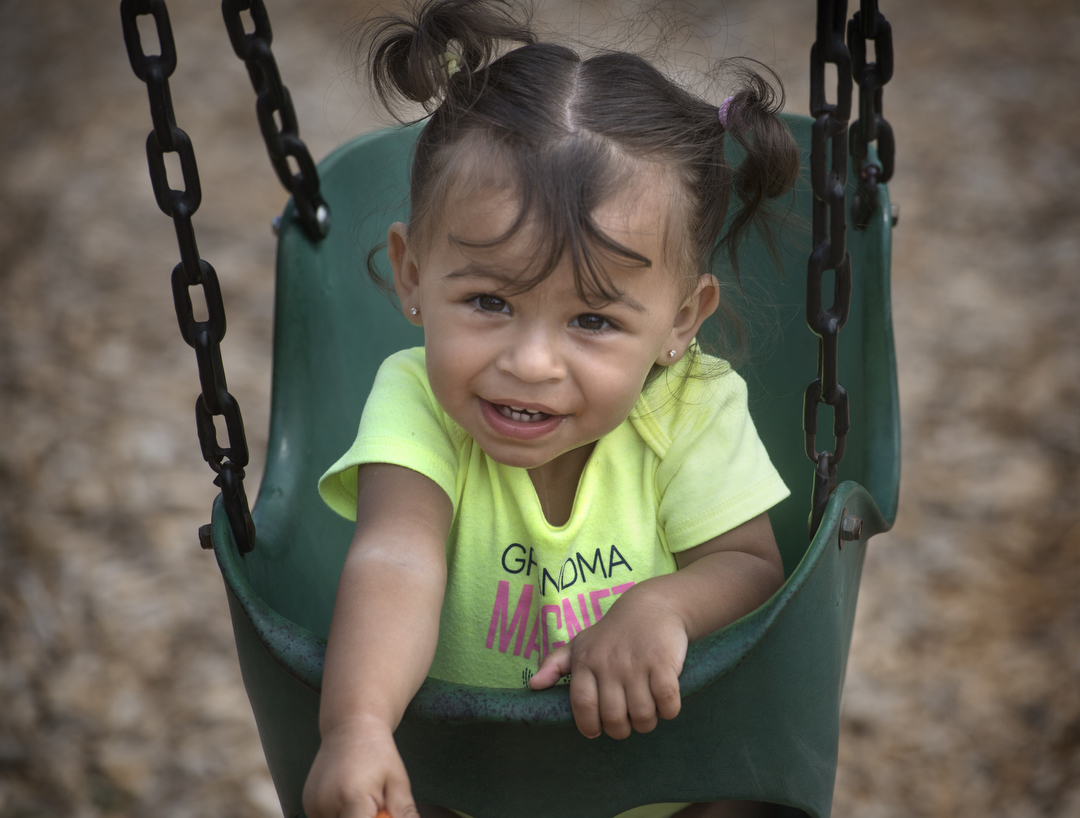


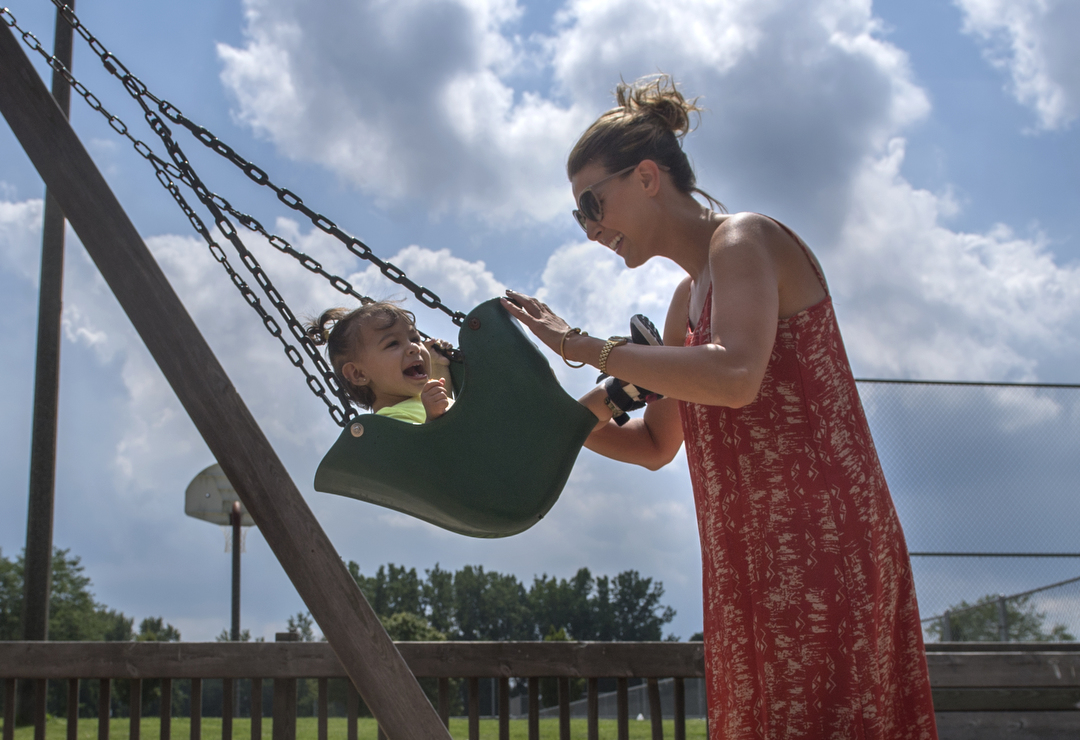


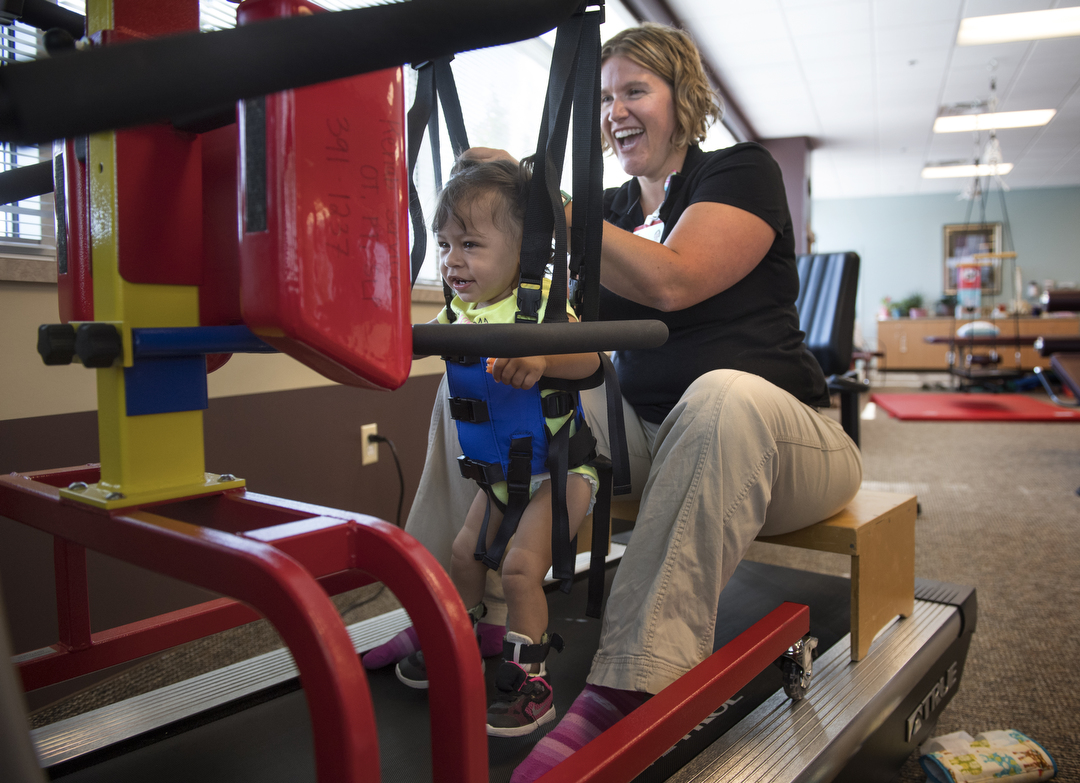
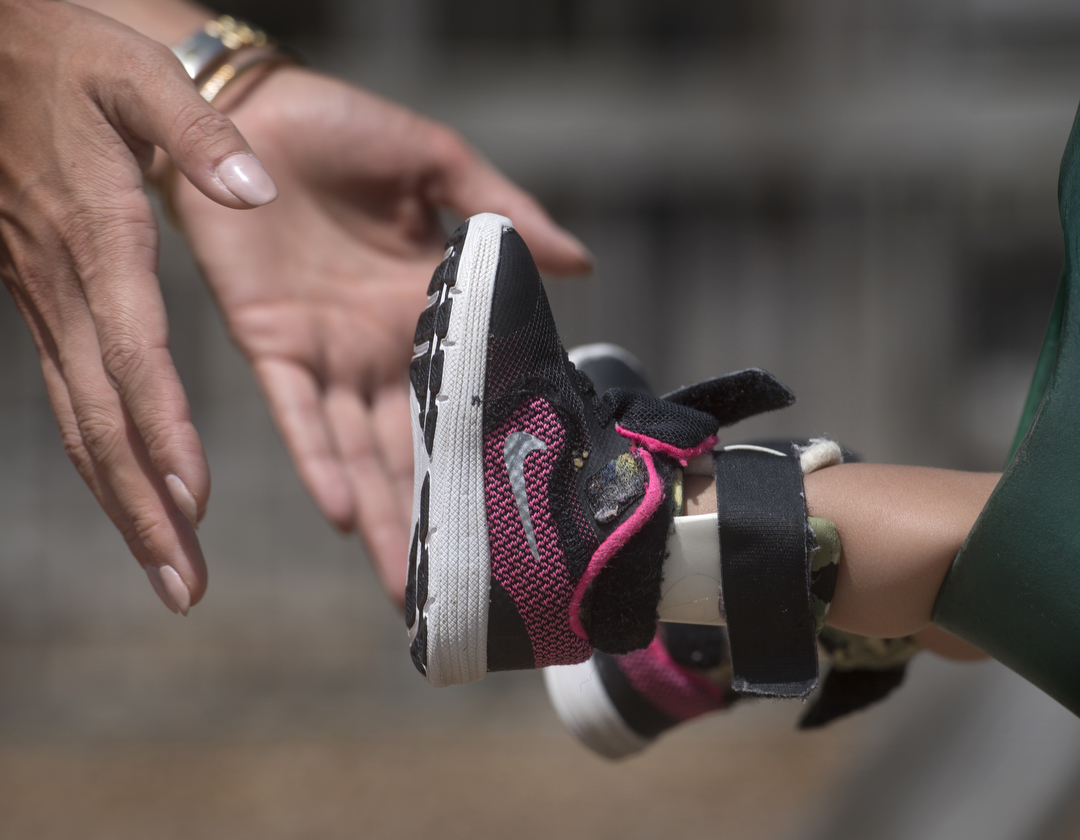
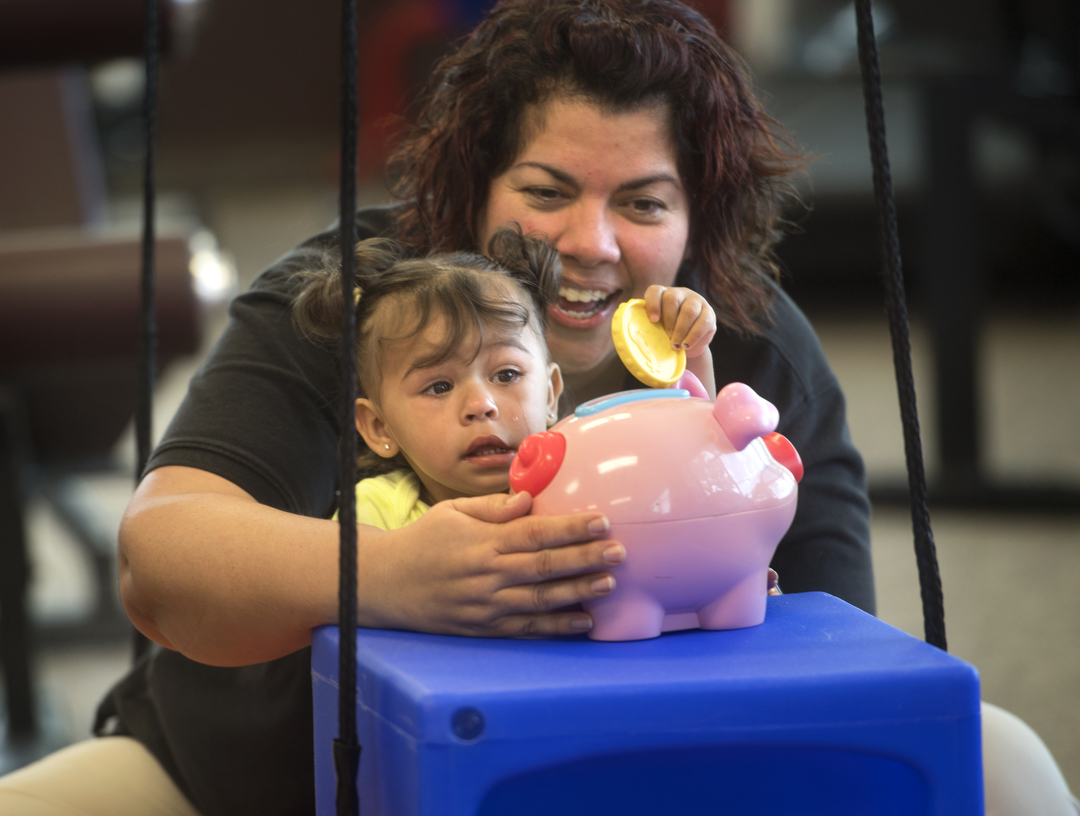
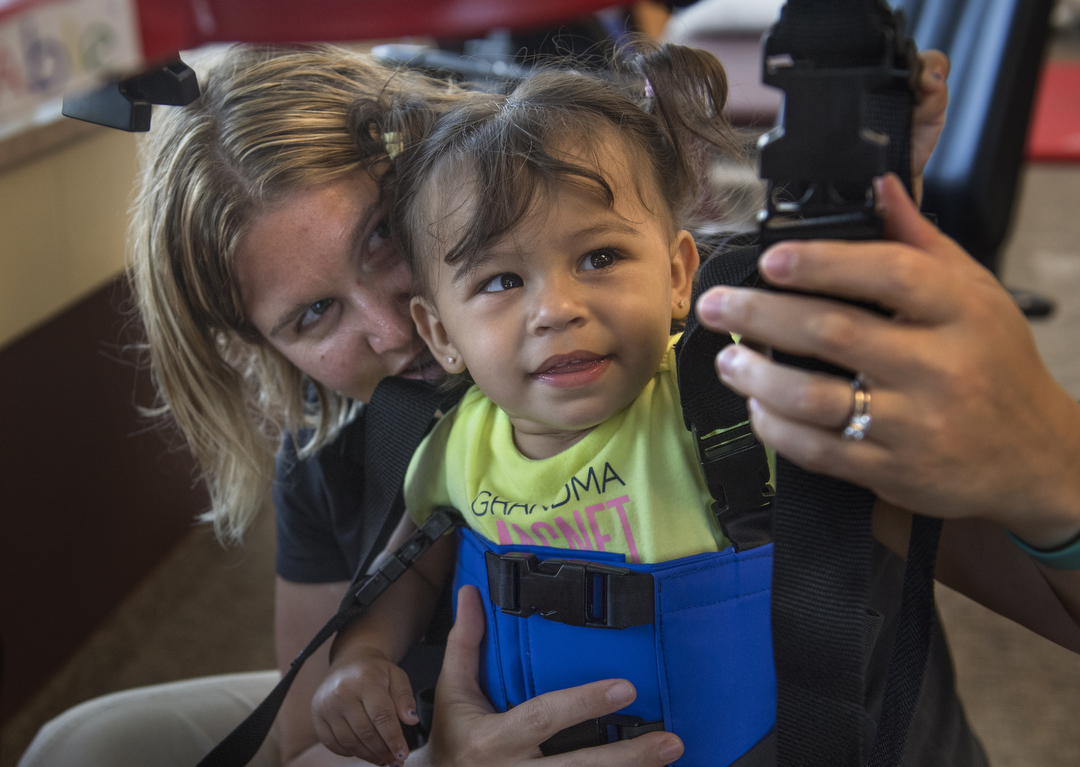

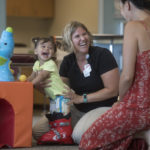
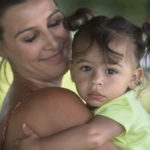


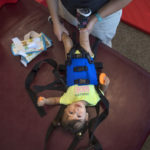
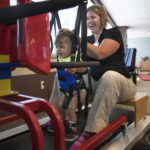



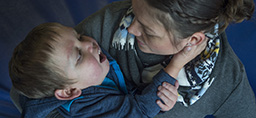 /a>
/a>
 /a>
/a>
 /a>
/a>
What a beautiful story.
Amazing therapists. Absolutely LOVE Kristen.
She has great therapists!! Both Nora and Kristen work with my son Gabriel and they are so patient and loving. Stay positive and hopeful 😊